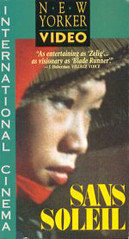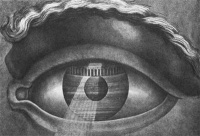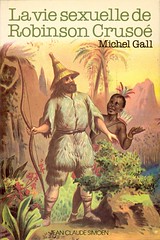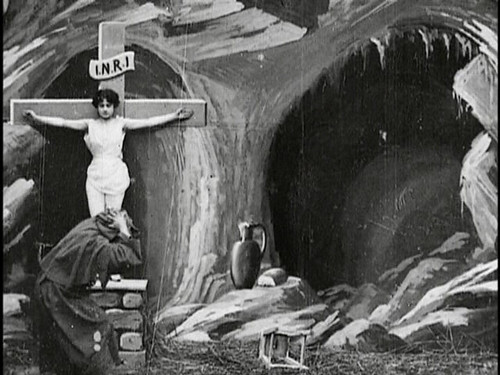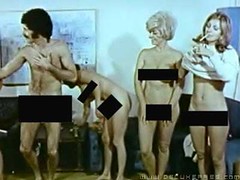In search of nonspace and unthought thoughts.
In search of nonspace and unthought thoughts.
I’ve been mulling over French director Chris Marker‘s Sans Soleil for four days now. The key scene for me was the shooting of the giraffe, which gave its origins away as far as genre-theoretics are concerned.
The key phrase was perhaps the “salute to all unposted letters,” but is safe to say that the film is brilliantly written throughout.
I saw the film at MuHKA on last Saturday, introduced by a Belgian scholar (who?). He stated that the film was unclassifiable, because the “film essay is not a genre but a small category”. However, in my opinion, the film fits the mondo film category, and functions as a highbrow counterpart to Mondo Cane. The film also begs a viewing of the masterwork Blood of the Beasts. But Sans Soleil is a different film altogether. It is a philosophical film that raises questions of medium specificity, multimedia, memory and authenticity.
I have a feeling that Sans Soleil can be invoked to clarify Gilles Deleuze‘s any-space-whatever (see B. C. Holmes – “The Deleuzian Memory of Sans Soleil” [1]), but to prove that would need some more studying of Gilles Deleuze on film.

